
Thermal insulation paint is often used to insulate communications, but it is rarely found on facades, especially in private housing construction. Let’s see: is this attitude to nanostructure fair and is it possible to insulate the house with paint?
How does thermal insulation paint work
Thermal insulation paint consists of a binder base and a filler. As a rule, the base is a water-acrylic mixture that allows you to evenly distribute the composition over the surface. The base also provides adhesion to the base. The filler is microscopic ceramic granules with gas inside, which provide high thermal insulation. To increase elasticity and water resistance, silicone, rubber and other similar components are introduced into the composition. The composition can be tinted with special pigments, so in addition to the standard white and gray paints, you can find liquid insulation and other colors. However, this option is not available for all manufacturers.
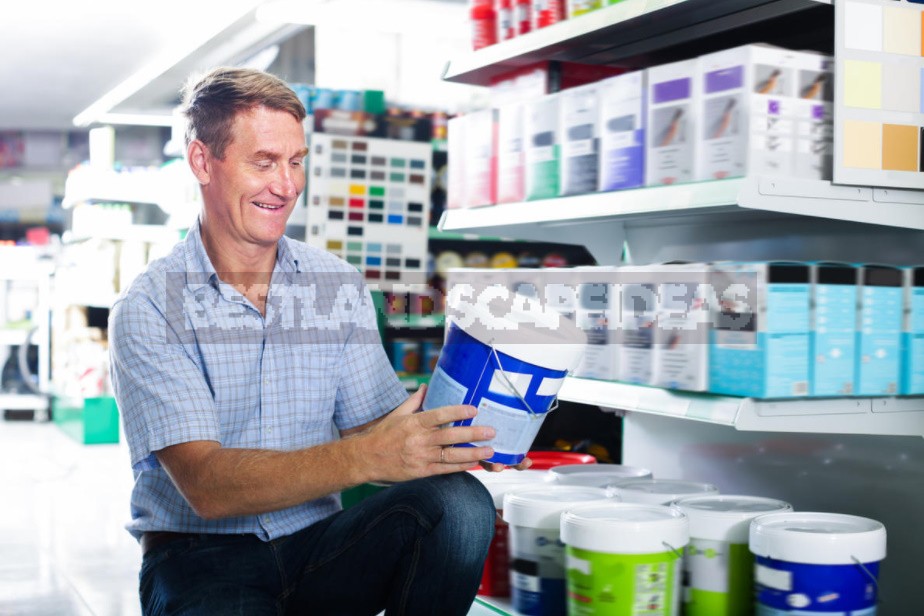
Where and how to apply it
is difficult to Believe that a layer of paint in a few millimeters can provide at least some thermal insulation, but it is real! The only question is in which specific cases this approach is justified.
As a rule, we are talking about additional insulation or elimination of problems with the microclimate inside the already insulated building. It is impractical to use thermal insulation paint as the main and only insulation material. Then, for some cases, this insulation is suitable? Nanocolor can be a real salvation where it is not possible to insulate with standard materials:
- in places with complex geometry,
- on limited areas,
- if necessary, to preserve the appearance of the facade,
- on structures with load restrictions (on balconies, buildings on light foundations).
Paint inside or outside?
Thermal insulation paints for internal and external work differ in composition. Interior paints contain components that do not emit harmful substances. On the surface painted with them, you can glue Wallpaper. In facade paints, the emphasis is on low water permeability and at the same time high vapor permeability and weather resistance. If you plan to treat metal surfaces with this composition (for example, a roof), it must be anti-corrosion.
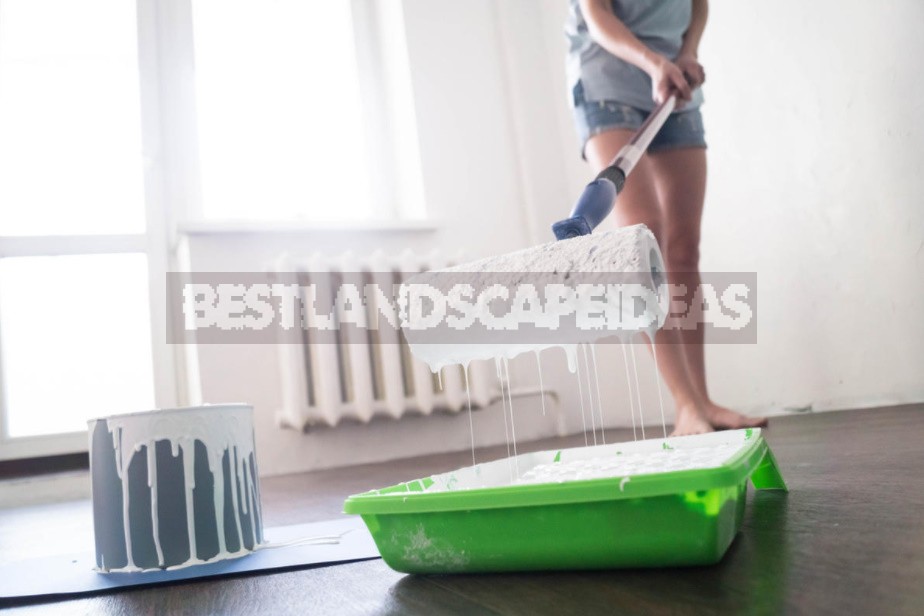
How to calculate the quantity
Thermal insulation paint is quite an expensive product, so it is important to know some nuances. First, we take into account the working area. Second — the type of surface to be treated and its quality. For porous materials, it is necessary to lay an additional 5 to 10% of the reserve — and for smooth materials, such as metal, from 3 to 6%. And if there are defects, they also need to be filled in with an additional percentage of the expense. For a specific type of surface, there are recommendations for the thickness of the final coating layer. For a concrete base, this is 1.5 mm, and for a wooden base-2 mm. Before purchasing, check your calculations with the manufacturer’s instructions.
How to apply correctly
Before applying paint, the surface to be treated must be prepared. If there are cracks, they must be covered up. After applying the plaster, it should take at least three days before the paint is warmed. Next, the base must be cleaned of various kinds of dirt and dried. Manufacturers of liquid thermal insulation also recommend treating the surface with a primer (1-2 layers). It should not only be of high quality, but also suitable for a specific composition of thermal insulation, so before buying, consult with specialists. Thermal paint can be applied with a roller, brush, or spray gun.
The first two options assume a higher consumption of the composition. This is important to consider! This application is justified only in small areas. In the case of a spray gun, it is necessary to use a nozzle made of hard-alloy materials, since conventional nozzles quickly deteriorate.

Apply paint Using a spray gun is more profitable, since the consumption is less than when working with a roller or brush
To achieve the best effect, you need several layers. We can talk about 5-10 visits, depending on the required degree of insulation. Do not apply the composition immediately with a thick layer. According to the technology, each layer should be no thicker than 1 mm. Otherwise, the water contained in the composition will not evaporate, and the effectiveness of the material will decrease: the coating may crack and peel off. The layer with a thickness of no more than 1 mm dries after 24 hours. The same amount of time is needed for the coating to become resistant to rain.
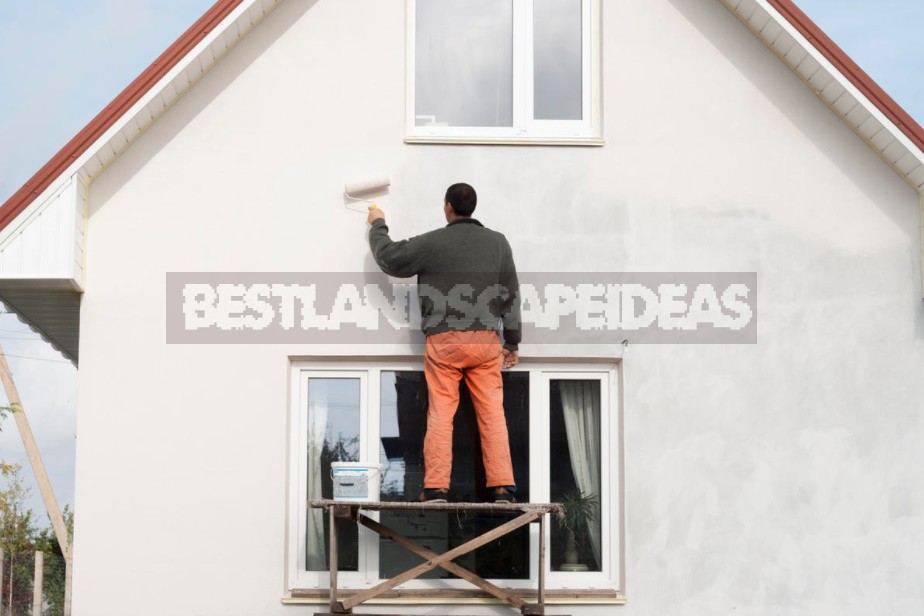
What effect will we get in practice?
The house with the photo below was built for sale. It is more obvious to say-not for yourself. Although the team worked quickly and efficiently, it was not without unpleasant surprises. A solid, warm, green brick house was bought quickly. And then from every corner climbed trouble in the form of mold.

Treatment of the walls with a special compound saved for a while, and the mold reappeared. The rooms were humid, and even constant ventilation did not help. Of course, the new owners of the house did not count on this. Living in such conditions is not only difficult, but also dangerous to health, so it was decided to get rid of the problem with the help of thermal insulation paint. To do this, they hired a team of workers who promised to apply paint quickly and inexpensively. Unfortunately, the employees were inexperienced and did not calculate that the unpainted brick house would take many times more paint than they had planned. The unrecorded costs were considerable. The cost of work has increased significantly, and the terms have also been extended. As a result, the owners regretted not plastering the house before applying the paint. According to their calculations, spending even on such preparatory work would make insulation much cheaper. Nevertheless, a fairly thin layer of thermal insulation paint helped to reduce the humidity in the rooms, and after processing the walls, mold no longer appeared. The rooms have a comfortable microclimate.
What is the result?
If the application technology is followed, the nanocolor reduces heat loss and corrects the microclimate in the room, maintaining its performance characteristics for many years. The coating has only two disadvantages — it is not suitable for all cases, and the work on its application must be clearly oriented according to weather conditions.
In this heat-insulating paint resistant to mechanical stress, does not lose performance when wet, is a long time, does not affect the size and weight of the buildings.
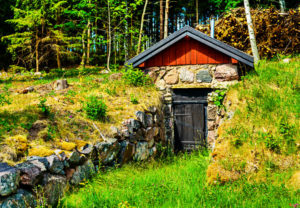
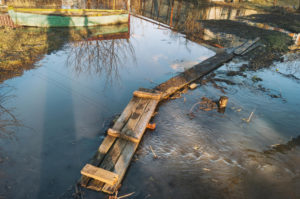


Leave a Reply